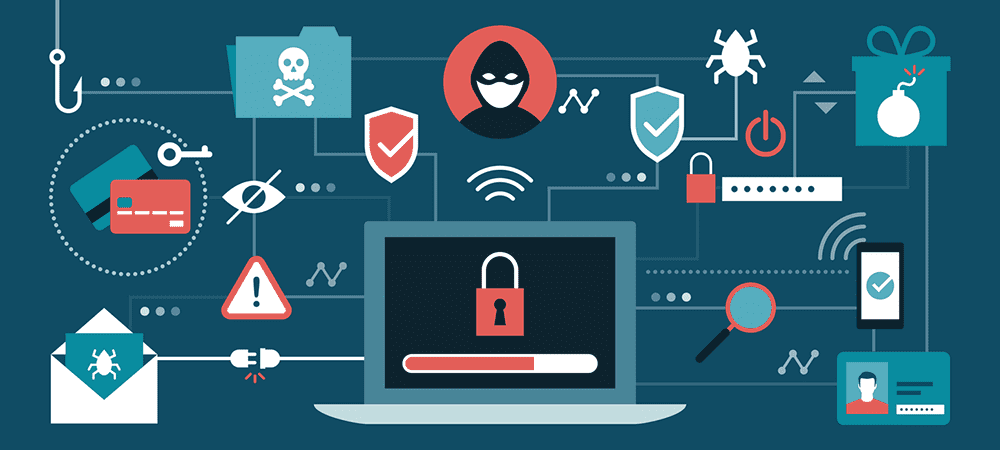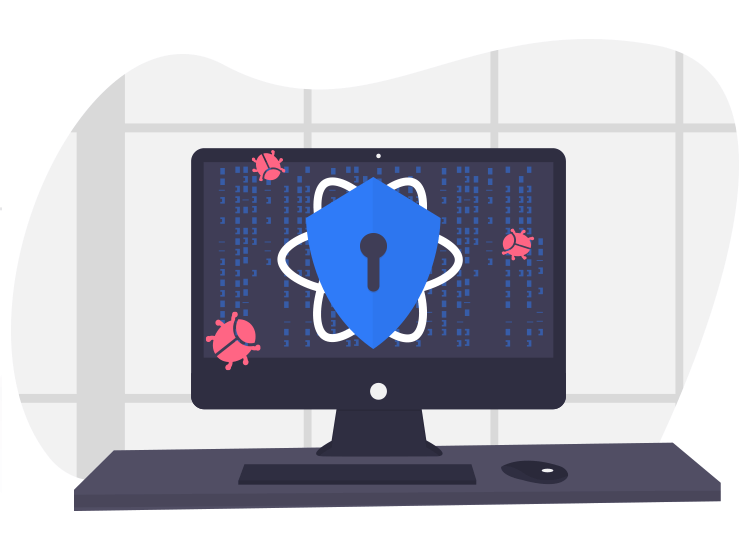We are always ready to help you to get your device back to track if your computer/ laptop virus/ malware virus is running your day and also you feel like you have lost control of your device.
If you think your computer has a virus or malware, act quickly before the infection spreads. You can easily get rid of the virus by following a few simple steps and using malware removal software. Read on to learn how to remove a virus and other malware from your Windows PC, Mac or laptop, or let our free virus removal software handle it for you.
Any program or file that is intentionally harmful to a computer, network, or server is called malware or malicious software.
Types of malware:
- computer viruses
- worms
- Trojan horses
- ransomware
- spyware
Sometimes older computer viruses and Malware can resurface and infect your computers. Often it harms the best of us. so you are not alone. Let’s work together to bring justice and restore peace to your computer. To tell the truth, hackers and others almost always choose Windows among all platforms. So we turn our attention to PC owners.
Find out if your computer is infected

First things first – before we attack with “great vengeance and fury”, it is good to be sure of what we are dealing with.
Now you can see a list saying that your system is infected with malware.
1. You cannot start or update your antivirus software
If you have an error trying to start or update your antivirus software, it is a very important sign that something is wrong with your device. If you haven’t installed antivirus software from a new vendor yet and it’s fighting the old one. Often that virus blocks its opponent.
2. You have lost access to administrator privileges or other system settings
Most malware viruses and other virus users like to keep their hands tied by locking them out of administrative tools or restricting access to things like Task Manager. Untamed and loose, the virus Wanders freely. Every minute takes more damage to your system.
3. Apps crash or freeze your computer unexpectedly
A classic sign of an acute viral infection, this one is a little trickier. The root cause may be related to other software or hardware issues. However, if this symptom appears out of the blue. You haven’t installed new hardware or software recently, which is most likely caused by a virus.
4. Your computer uses a lot of resources when it shouldn’t
This is due to many types of viruses and other malware running their nasty processes in the background. If you notice unusually high CPU, memory, or disk usage when your computer should not be working that’s a red flag. it’s a serious sign.
5. Multiple windows will start to pop up
If your computer starts throwing new windows or strange-looking pop-ups out of your control, it’s a clear indication that it needs your help.
6. You see software that you have not downloaded or installed
The classic procedure for hackers is to inject legitimate installation packages with malicious code and distribute them throughout freeware websites. Only download software from reputable sources, otherwise, you might be inviting a wolf in sheep’s clothing into your home.
Other valid concerns may include:
- A new home page or toolbar in your browser
- A sharp decrease in disk space
- Increase in internet traffic
In general, keep an eye out for erratic behavior on your computer. Better to be safe than sorry. If your machine is free of viruses, a preventative scan/cleanup won’t do any harm. But since you’re already in a serious situation, it’s time to show how to get rid of a virus.
8 Essential Steps to Computer virus removal
Whether you have a virus or some other form of malware, your computer is probably infected with a virus, but don’t panic. Instead, immediately follow the steps below to remove the virus from your device.
1. Contact a service professional
This is our recommendation, especially if you have trouble dealing with a computer virus on your own. You can find a local service company or call Clario’s 24×7 toll-free helpline and get assistance from a trained security expert.
2. Download and install anti-virus software
There are two main types of antivirus software that can detect and remove computer viruses and malware: real-time and on-demand. A real-time malware scanner scans for viruses in the background while you use your computer. An on-demand scanner like Microsoft Defender should be run every time you want to check for malware.
Windows Defender or Microsoft Security Essentials are preinstalled on modern Windows systems, but you may want to choose another solution. Choose a reputable vendor, download, and install the package. Read the instructions carefully and make sure that there is no conflict of interest: in some cases, you may have to disable the software in the OS.
3. Disconnect from the internet
Now that you have your weapon, it’s time to cut the connection. So malware can’t use it to share your data or send it to all your contacts. Turn on airplane mode, Disconnect the Wi-Fi connection, Disconnect the internet cable and you’re done. If the virus is blocking those functions and your connection is wireless, turn off your cable modem or router.
4. Reboot into safe mode
Warning
This step is for more advanced users. If you’re not sure, go to the next step.
In safe mode, your system runs with the minimum services required to run. This prevents most malware from starting entirely or severely limits the damage it can do. First, restart your computer in safe mode, which is Windows’ basic startup settings where only your essential files, programs, and drivers run.
5. Run a full scan, delete or quarantine the virus
Now, it’s time to turn on the antivirus software.
If you skipped the previous steps, don’t worry, you’re still on the fastest track to your safety. Be sure to select the most complete scan option available and include all of your hard drive letters. If you suspect the virus may be coming from an external disk or pen drive, keep those connections as well.
When your software detects the threat, choose the appropriate action: to delete or quarantine it. Use the latter option if the program suggests it or if you know the file in question is critical or valuable to you.
6. Delete temporary files and clear the browser cache
There is a chance that the virus is hiding in Windows temporary folders or your browser’s cache. We advise you to go the extra mile and take no prisoners.
Simple steps to remove temporary files for your Windows OS version
Windows 10
- In the search box on the taskbar, type Disk Cleanup and select Disk Cleanup from the list of results. Select the drive you want to clean, then press OK.
- Under Files to delete, select the file types to remove. To get a description of the file type, select it.
- Press OK to apply the changes.
Windows 8.1
- Press and hold (or right-click) Start > Control Panel > Internet Options.
- Select the General tab, then select Delete under Browsing History.
- Select Delete All > Yes > OK.
Windows 7 and Windows Vista
- Select Start > Control Panel > Network and Internet > Internet Options.
- Select the General tab, then select Delete under Browsing History.
- Select Delete All > Yes > OK.
Don’t forget to clear your browser’s cache. Choose your options carefully to keep your stored passwords and forms. To save you some time, we’ve included links to the corresponding FAQs for Google Chrome, Microsoft Edge, Internet Explorer, Opera, and Mozilla Firefox.
7. Update your browser and operating system
To finish removing these computer viruses, we recommend updating your operating system and web browser to their latest versions. Windows updates often contain fixes for vulnerabilities and exploits, and so do the latest versions of browsers.
8. Update your passwords
After you’re done removing the virus — and before you have time to assess the damage — consider changing your passwords. Start with your main email account and work your way down the list in order of importance.
While you’re at it, check if your saved passwords were leaked in a data breach using Chrome’s handy feature
- Open Chrome. At the top, click More > Settings.
- Select Passwords > Check Passwords.
At this point, both you and your computer should be out of the woods. Unless you’ve hit a very elastic strain and you’ll need your hands to get out of it.
Remove a virus manually
Here’s the deal: We’d really like to discourage you from engaging in close-quarters combat with any form of malware. Manual virus removal requires extensive knowledge of the darkest corners of your operating system and is highly dependent on the type of malware you encountered. Any mistake can lead to unnecessary loss of life.
However, if you’re comfortable using tools like Registry Editor, can identify malicious processes, and don’t mind losing some data, we can recommend this help topic from Microsoft.
If it is our decision, we leave it to the pros. With Clario’s cybersecurity software, you get a reliable all-in-one solution that protects you from any form of malware or ID theft, as well as secures your Wi-Fi connection. More than 600 on-demand security experts are available to assist you 24×7.
To show you how serious we are about digital security, we’ve included a short section on preventing viruses from infecting your system.
Guidelines for preventing future infections
You’ll be surprised at how little it takes to keep your personal or work computer running smoothly. You should:
- Always keep an antivirus program with updated definitions on your machine
- Use only trusted sources to download and install the software on your device
- If you find a link or email suspicious – pause and double-check
- Always keep your OS and your browsers updated to their latest versions
- Consider using VPN services to ensure the security of your connection
Be careful and don’t rush into things. No operating system is immune to virus threats. Not even MacOS.
Get rid of a virus on a Mac
There is this perception that hackers don’t care about Mac users. They do, and there’s a bouquet of diseases your Mac can contract. In short, Mac computers are plagued with adware, Trojan horses, spyware, and exploits.
But fear not, dear Mac users, we have thoroughly studied this topic and have given you the answers in another section of our blog.
Frequently Ask Questions
Can you completely remove viruses from your computer?
The easiest way to remove viruses is to use an antivirus program designed to clean your system safely. However, if a virus is already on your computer, you may need to run this program under very specific conditions.
Does resetting the computer remove viruses?
Performing a factory reset, also known as a Windows Reset or reformat and reinstall, destroys all data stored on the computer’s hard drive and all but the most sophisticated viruses that accompany it. Viruses can’t harm the computer itself, and a factory reset removes where viruses are hiding.
Our Recommendations
11 Advantages of Using an Antivirus Software – Importance of Online Security
Remove Virus Alert from Microsoft Edge in 5 steps.
